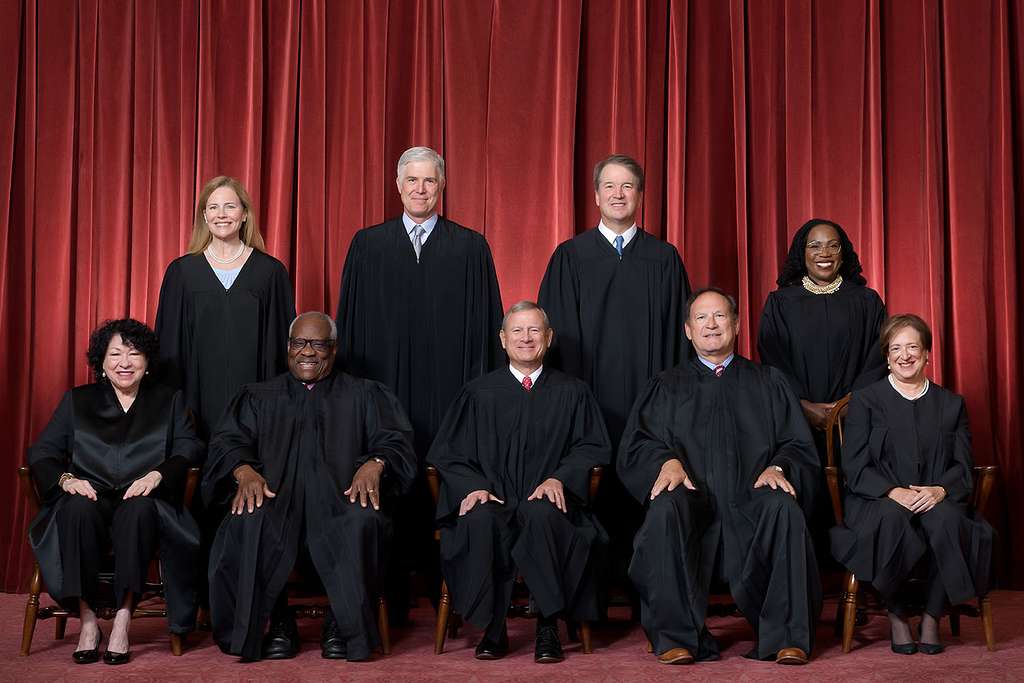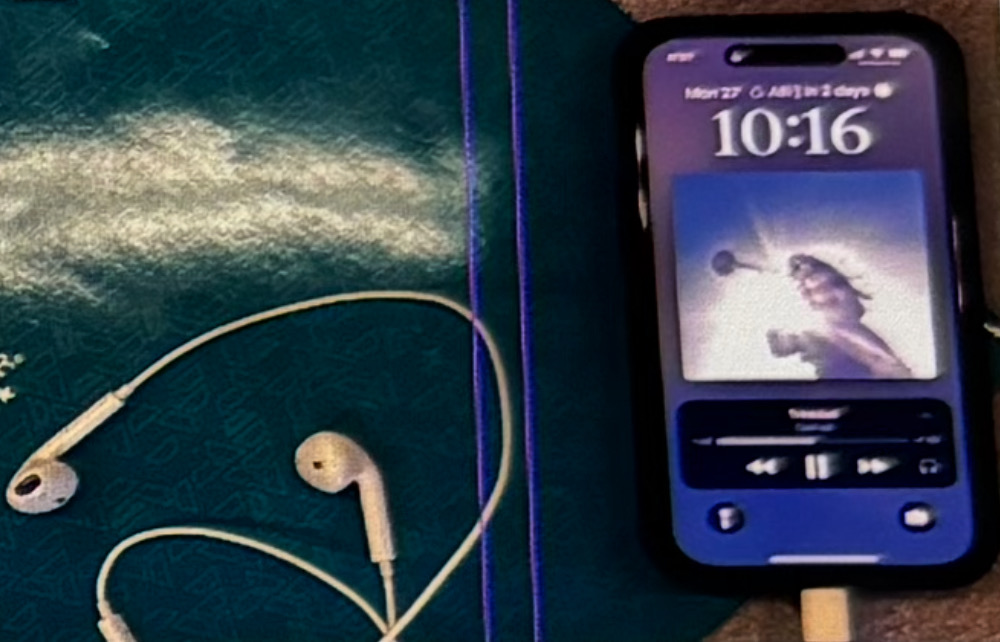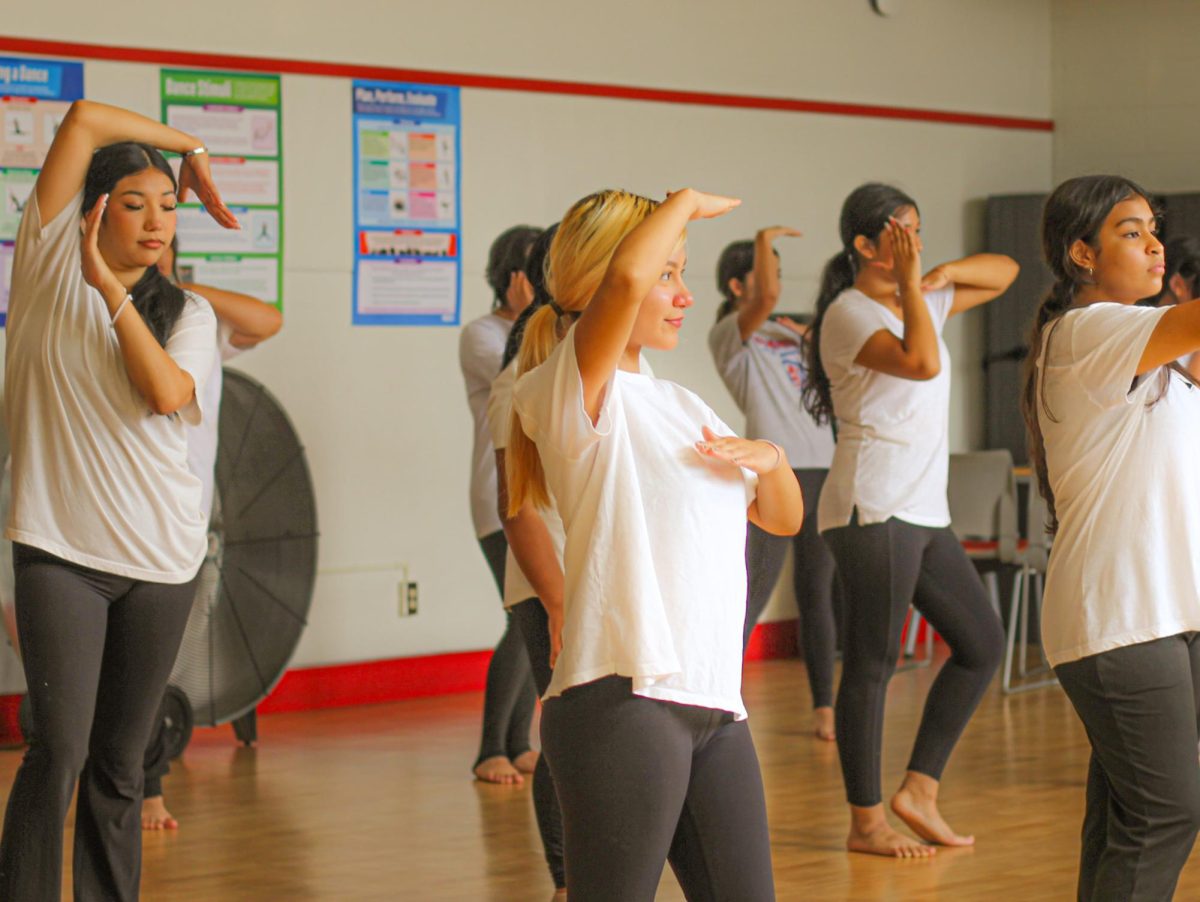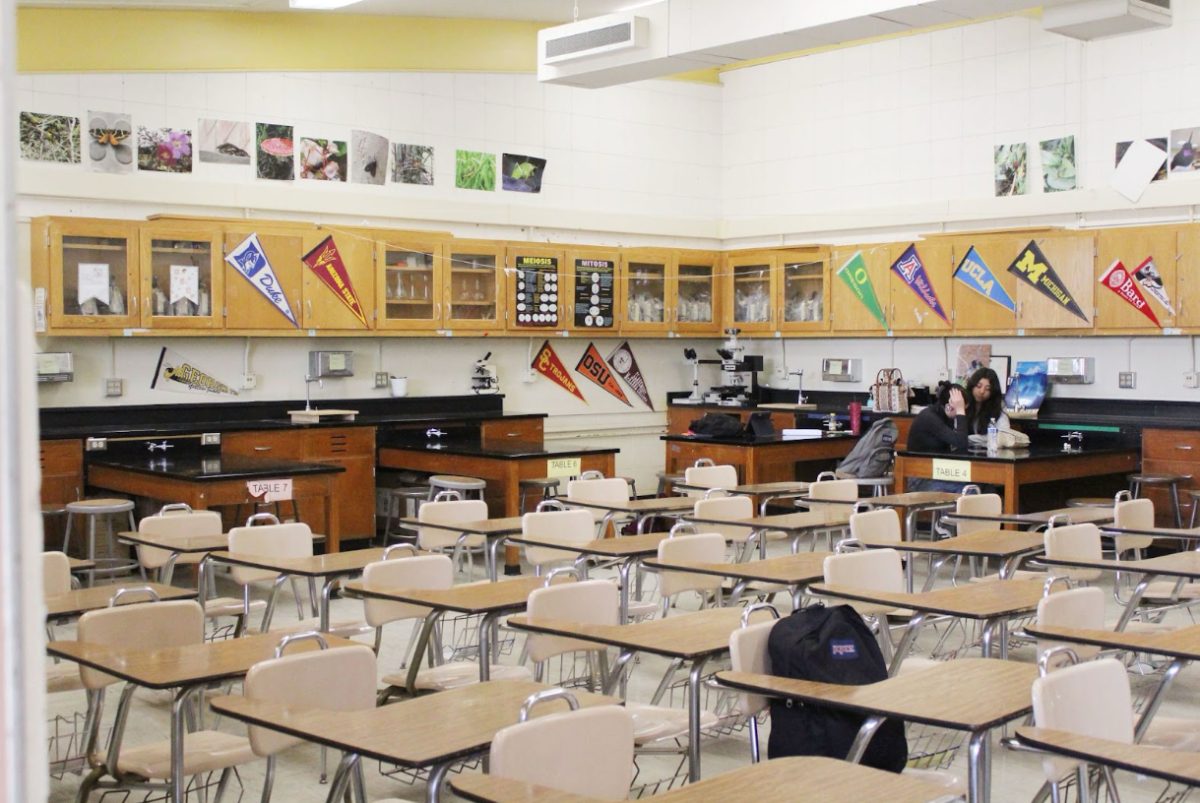Imagine yourself in first grade. Just starting elementary school, learning about numbers and the alphabet, playing on the playground with your friends. It was at that age that I first witnessed the impacts of dress code when a girl in my class was told to put her sweater back on on a hot day because her spaghetti straps were “inappropriate”. Although I was not the one dress coded, this incident affected me too, making me more aware of my body and parts of me such as my shoulders that I had never considered to be inappropriate before, especially at the young age of six. I remember that from then on I always made sure to cover my shoulders with my hair when I wore a tank top on a hot day. Unfortunately, being told to cover up at a young age is a common experience for many girls, and the incident that I witnessed is a part of a much bigger problem.
According to the National Center for Education Statistics, 56% of high schools enforced dress codes during the 2017-2018 school year, and the majority of the people dress-coded were female. Many schools, including San Marcos, claim to have these dress codes in place to “maintain a safe learning environment with no distractions”. However, most of the time they do the opposite, disproportionately affecting girls, sexualizing them at a young age, teaching them to cover up for boys at the expense of their own comfort, negatively impacting their self-esteem, and targeting them based on body type.
The dress code enforced at San Marcos was brought up during the class rallies held at the beginning of the year, which sparked the attention of many students who noticed that the majority of the clothing restrictions generally applied only to girls.
“At the junior class rally the only things they were talking about had to do with women,” said a San Marcos junior. “Longer shirts, not showing your chest, and a man telling us this? He would never understand how much this sexualizes women and how it just means women are being objectified.”
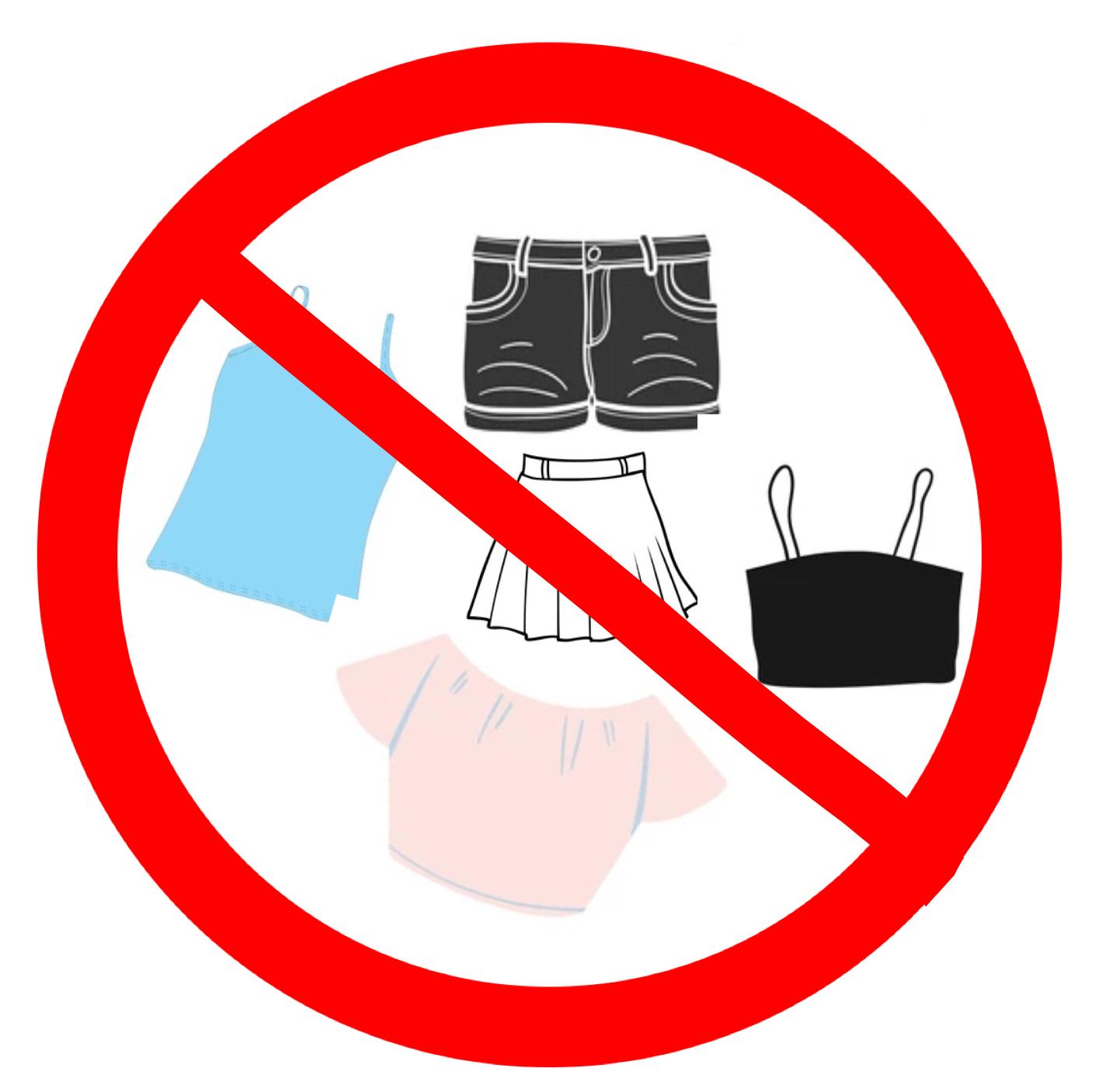
The district-wide dress code enforced at San Marcos states that, “students shall not wear sexually suggestive or revealing clothing, including, but not limited to, clothing which exposes the midriff or undergarments, low cut tops, micro-mini and mini skirts, tube tops, spaghetti strap tank tops, off the shoulder tops, and see-through attire.”
That section was the only one in the entire dress code that mentioned “sexually suggestive” clothing, and all of the clothing pieces listed are typically worn by girls. Another concern is the fact that clothing pieces such as off the shoulder tops or spaghetti strap shirts are considered, by adults, to be “sexually suggestive” when worn by girls of ages 13-18.
Many argue that these clothing pieces can be distracting to boys during class, but this ideology prioritizes boys’ education, putting the blame on girls instead of teaching boys to manage their emotions and behavior. Some boys may not even find these body parts distracting, but by enforcing these dress codes in class it shows young boys that shoulders, legs and stomachs are something to be distracted by.
“Comments on my stomach or the width of my straps have made me feel extremely uncomfortable,” said a San Marcos junior. “I feel that my shoulders and stomach are not sexual parts of my body, but my experiences have made me feel ashamed of those things.”
The district dress code also states that, “students are prohibited from wearing clothing that causes an actual distraction from or disturbance of any school activity, or interferes with participation of a student in a school activity.” While the intention of dress codes may be to prevent distractions, calling girls out in class or pulling them aside to comment on their clothing can be more of a distraction to the class than what they are wearing. It takes away from girls’ class time and lowers the quality of their learning experience.
Another flaw of dress codes is that they target certain girls based on body type– specifically those with larger breasts.
“One of my close friends was told to “cover up” because her shirt was revealing too much cleavage,” said a San Marcos junior. “This was a pretty uncomfortable comment coming from a teacher and made my friend very uncomfortable and self conscious. This is frustrating for all women at this high school because I wore the same shirt just a few days later and no comment was made because I have a smaller chest.”
“I was wearing a normal shirt and got told to put my boobs away and became self conscious for the rest of the class,” said another San Marcos junior. “I’ve seen other girls wear the exact same top who were more flat chested and nothing was ever said to them.”
If dress code is being enforced “consistently and fairly” like the district dress code states, then these types of incidents should not be happening.
Dress codes can also create physical discomfort, especially on hot days when girls wear shorts and tank tops to feel comfortable in the heat.
“When I was wearing a shirt with spaghetti straps my teacher made me put a jacket on even though it was very hot out,” said a San Marcos freshman. “I felt like I was targeted for my gender because the boys could have worn a tank top and they would not have to put a jacket on.”
All of these experiences and concerns have inspired a group of students here at San Marcos to take action against our district’s dress code through their Instagram page @sexism.in.sb. On Tuesday, they presented their concerns to board members Virginia Alvarez and Kate Ford as well as Assistant Superintendent Dr. Frann Wageneck and Superintendent Hilda Maldonado. The district members’ response to the presentation was that an updated version of the dress code was passed in April of 2021. However, there was a miscommunication with San Marcos’ administration so the old, highly problematic dress code is still being enforced here. Even if San Marcos were to enforce the new dress code, exposed torsos are still prohibited and the impacts on female students will remain the same.
We need to support the student group and their Instagram account to let the district know that the dress code is an important issue that is actively affecting the quality of girls’ education and more must be done about it. It is time that we take action to stop enforcing these unnecessarily strict dress codes and start teaching society to not sexualize and shame teenage girls.


